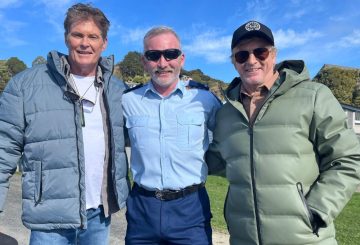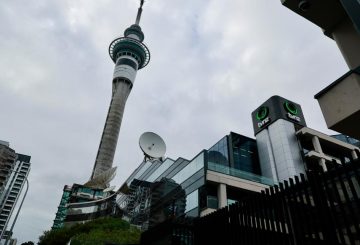Air New Zealand kêu gọi hành khách tôn trọng các quy định về hành lý xách tay vì lợi ích của tất cả khách du lịch. Kate Boyer, đại diện của Air New Zealand, tuyên bố rằng trong khi hầu hết hành khách tuân thủ các giới hạn hành lý, một số vượt qua ranh giới về kích thước và trọng lượng. Cô nhấn mạnh tầm quan trọng của việc biết chính sách và tuân thủ các giới hạn đó.
Boyer cũng nhấn mạnh vấn đề hành khách cố gắng mang quá nhiều vật dụng lên máy bay. Cô nói, “Chúng tôi yêu cầu nó là một mảnh để đặt trên đầu và một vật dụng cá nhân mà bạn có thể đặt bên dưới. Nếu bạn có ba hoặc bốn túi và bạn đã mua sắm một chút, bạn sẽ cần phải củng cố nó.
Cô nói thêm rằng chìa khóa để tránh vấn đề này là nhận thức được giới hạn hành lý trước khi đến sân bay. Điều này giúp ngăn chặn sự chậm trễ lên máy bay hoặc xuống tàu và đảm bảo rằng mọi người đều có đủ không gian trên máy bay.
Trên các chuyến bay nội địa, hành khách được phép mang theo một túi nhỏ và một vật dụng cá nhân với tổng trọng lượng giới hạn là 7kg. Giới hạn trọng lượng tương tự áp dụng cho hành khách hạng phổ thông quốc tế, trong khi hành khách kinh doanh hoặc hạng phổ thông cao cấp có thể mang theo tối đa 14kg hành lý xách tay. Kích thước của túi xách tay được xác định bằng cách thêm chiều dài, chiều rộng và chiều cao của nó, tổng cộng không được vượt quá 118CM.
Boyer cũng đề cập rằng Air New Zealand cung cấp cho hành khách tùy chọn đi du lịch mà không cần ký gửi bất kỳ hành lý nào, đặc biệt là cho các chuyến đi ngắn. Tuy nhiên, bà nhấn mạnh tầm quan trọng của việc tuân thủ các giới hạn chính sách của hãng hàng không.
Tháng trước, Air New Zealand đã tăng giá vé trên một số đường bay nội địa, với kế hoạch tăng thêm trên các tuyến đường khác. Giám đốc điều hành của hãng hàng không, Greg Foran, cũng đề cập đến việc xem xét các chi phí phụ trợ, chẳng hạn như phí cho thêm túi hoặc vật nuôi.
Trong tin tức liên quan, nhà bình luận ngành hàng không Irene King dự đoán rằng các chuyến bay quốc tế có thể trở nên đắt hơn vào năm 2024. Điều này diễn ra sau quyết định của Hawaiian Airlines ngừng các dịch vụ tại New Zealand từ tháng 4 đến tháng 11 năm nay do thiếu lợi nhuận.





























































